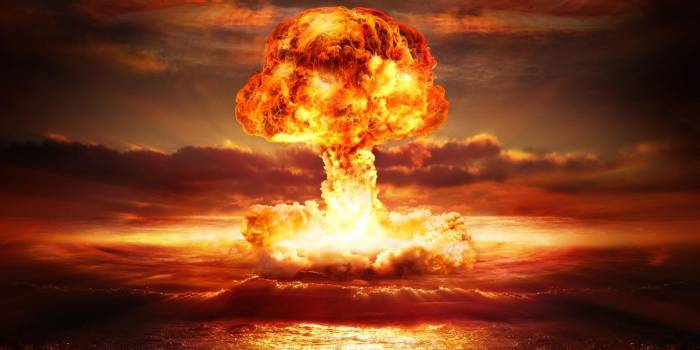The annual event is partly just a ceremony, allowing scientists to make an exaggerated show of how concerned they are. But it has an important and often worrying element, too, since the event allows some of the cleverest people in the world to set out just how afraid they are.
And it's likely to say they're very afraid. There is every reason to think that the clock could reach its most dangerous point ever.
When will the Doomsday Clock be changed?
The announcement will come on 25 January. It'll happen at 10am eastern time – local time in Washington DC, where it is hosted – or 3pm in the UK.
The announcement will be streamed live on the Doomsday Clock's website, as well as on Facebook.
A variety of luminaries will be speaking at the event, as usual. They include Rachel Bronson, the Bulletin's president and CEO, as well as other people including scientist Lawrence Krauss who serve on its boards.
What is the Doomsday Clock? What does it mean?
The clock is a way of marking how close our annihilation is. The closer to to midnight, the more danger we're in; as the danger grows or recedes, the Bulletin of the Atomic Scientists moves it forward and back.
For the most part, it's moved between two and ten minutes to midnight. The safest time was the mid 1990s, according to the clock, and it has only been as low as it is now during the 1950s and 1980s.
At the moment, it's at two-and-a-half minutes to midnight. The decision to put it at that time was a strange one – it's usually just expressed in whole minutes – that was made last year.
The clock was established in 1947 by the Bulletin of the Atomic Scientists, who have maintained it ever since. At the time, it was prompted by and expressed fears about our annihilation by nuclear war – since then, it has come to include other threats like climate change.
What will it change to?
It's entirely likely that the clock will now go forward, to at least two minutes to midnight. None of the threats that the scientists identified last year have receded; many of them have got worse.
If it does go forward, it will at least equal the most dangerous time ever expressed by the clock.
In its announcement last year, scientists urged world leaders to address the dangers posed to the world. It wouldn't be surprising if they judged that hadn't happened.
"The probability of global catastrophe is very high, and the actions needed to reduce the risks of disaster must be taken very soon," it warned.
The original article was published in the Independent.
More about: science
















































